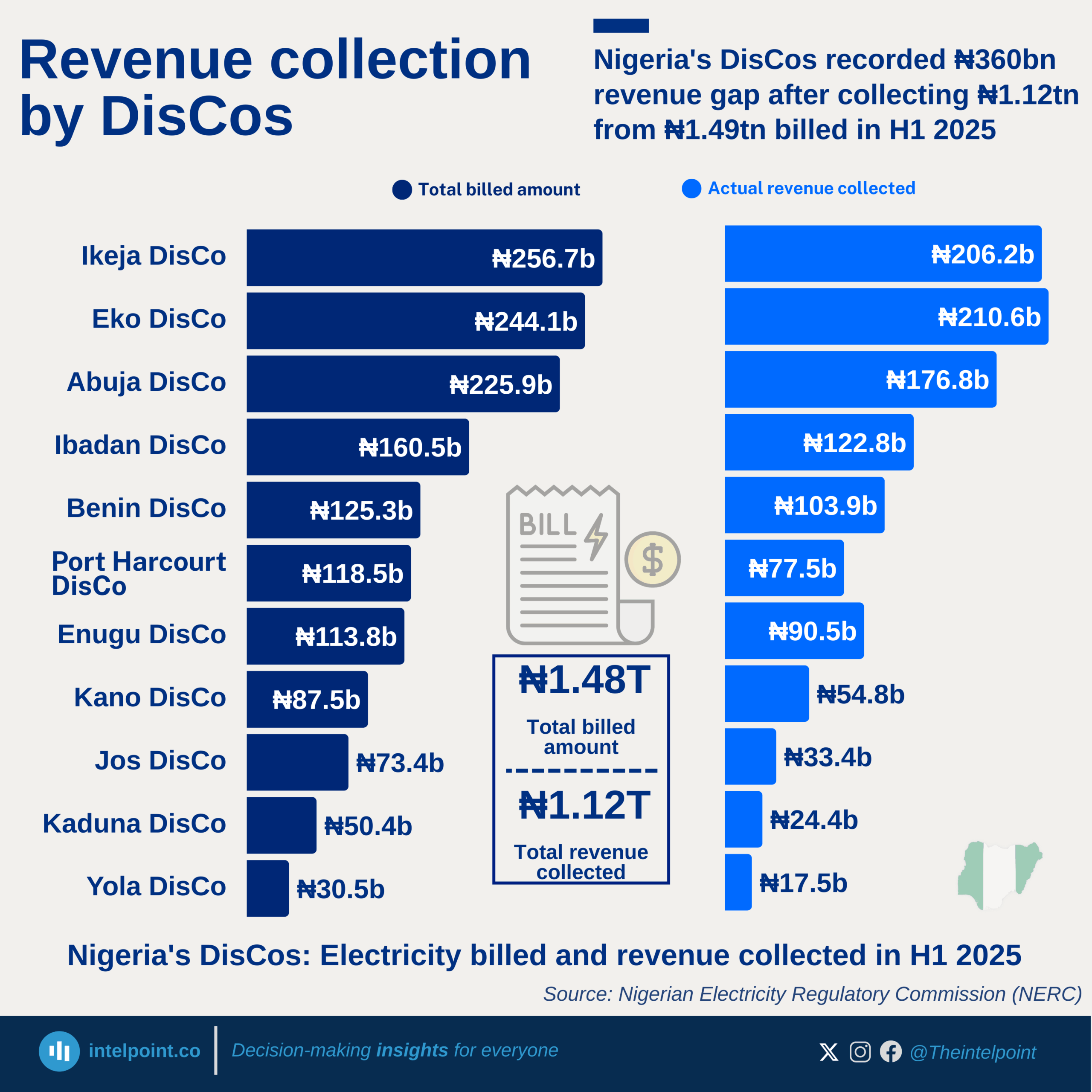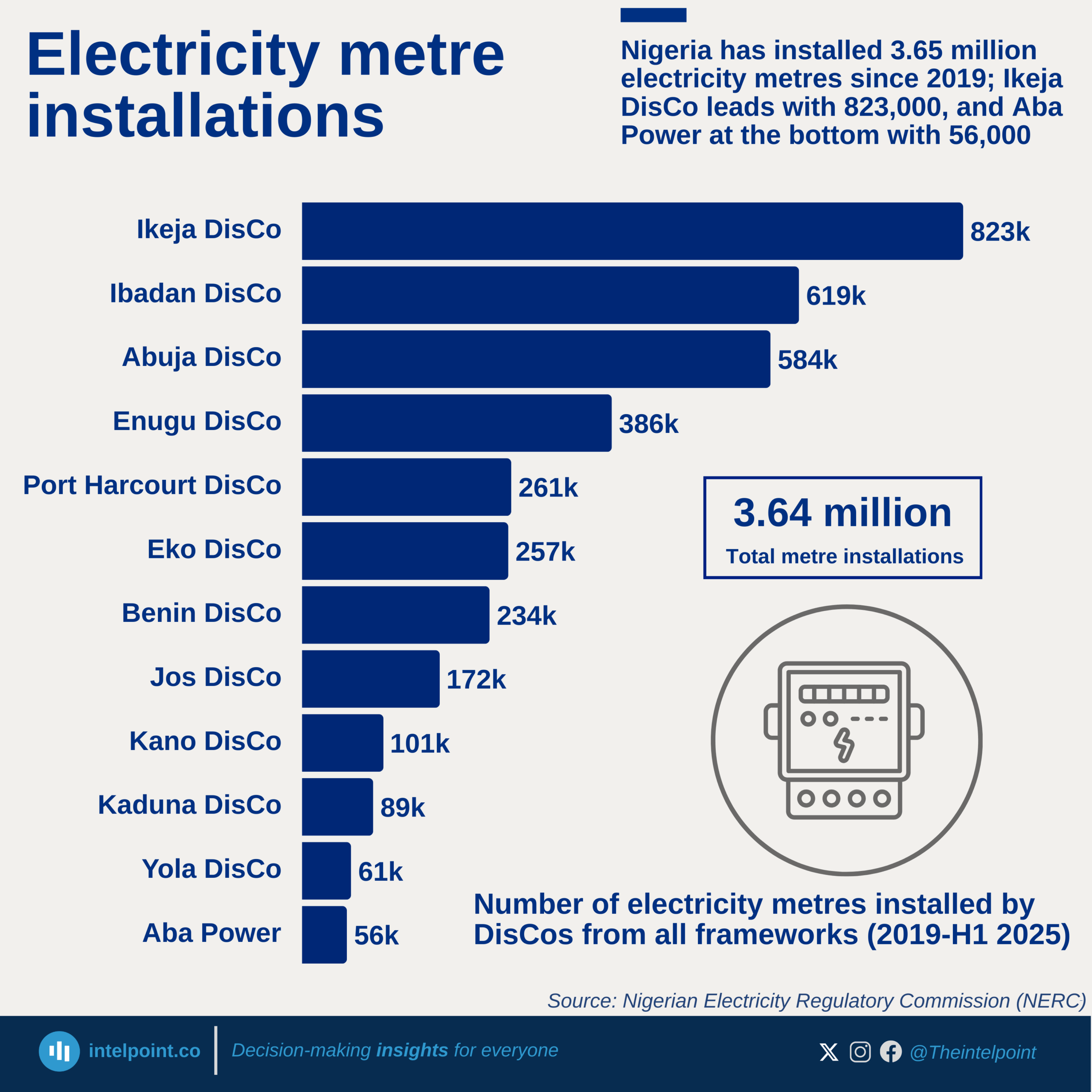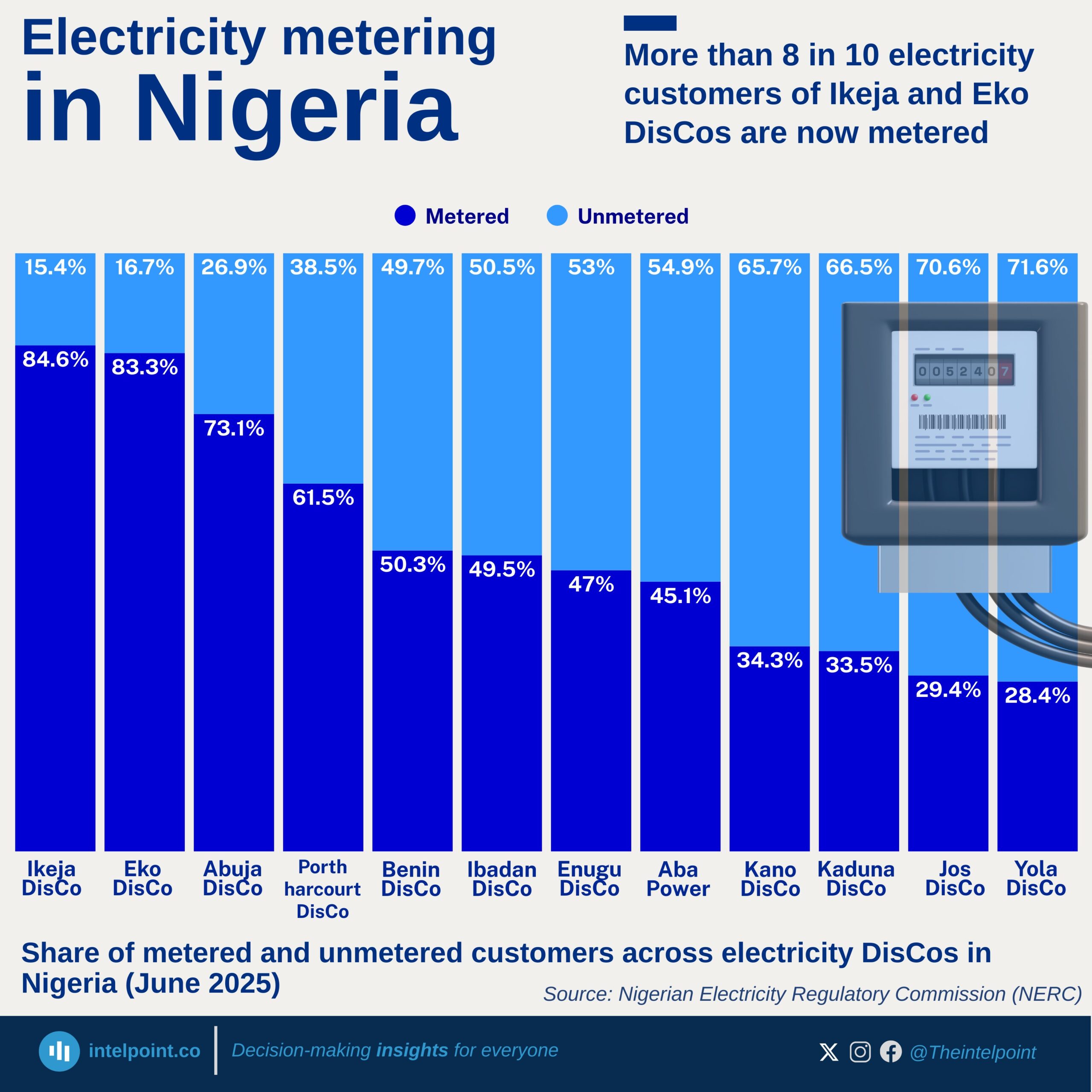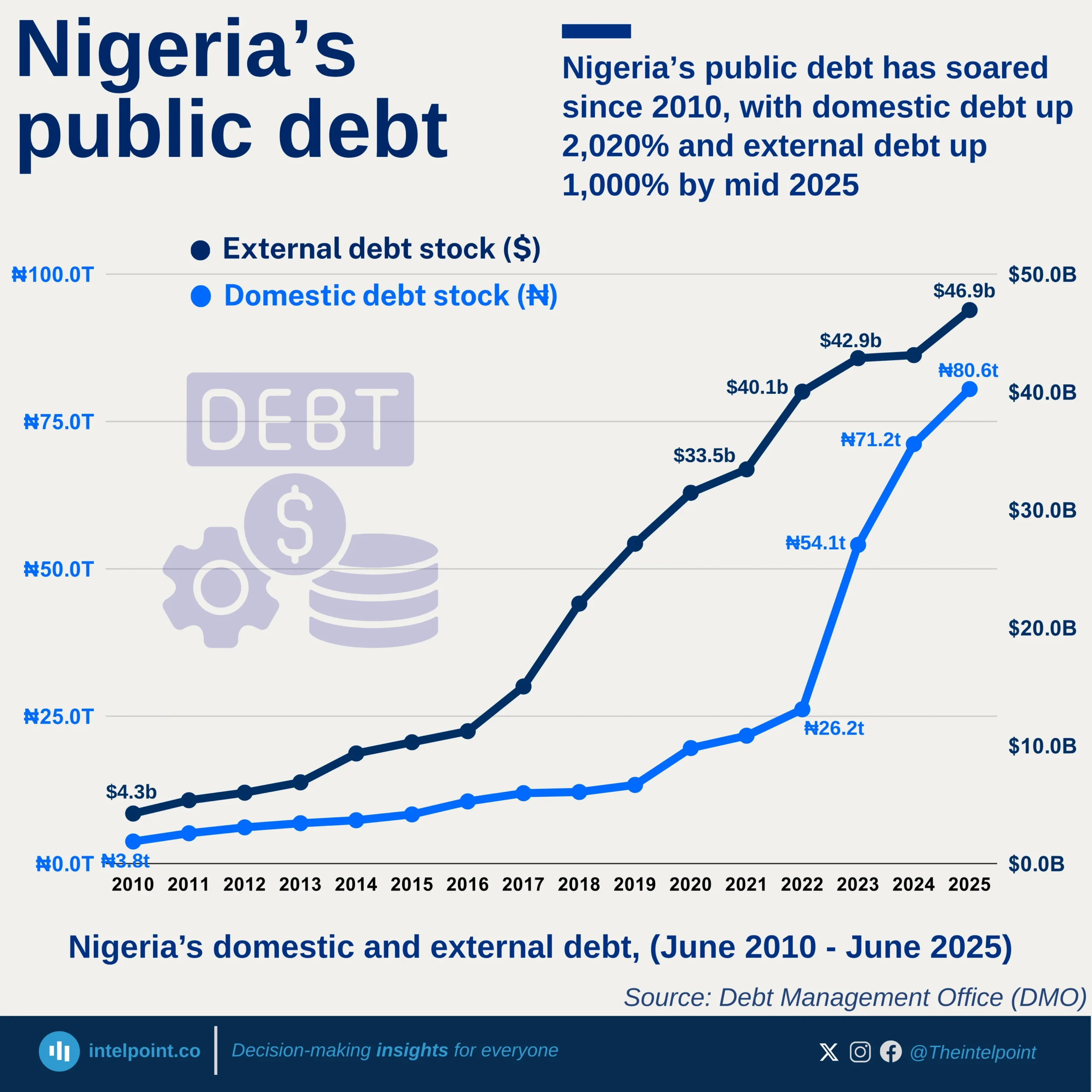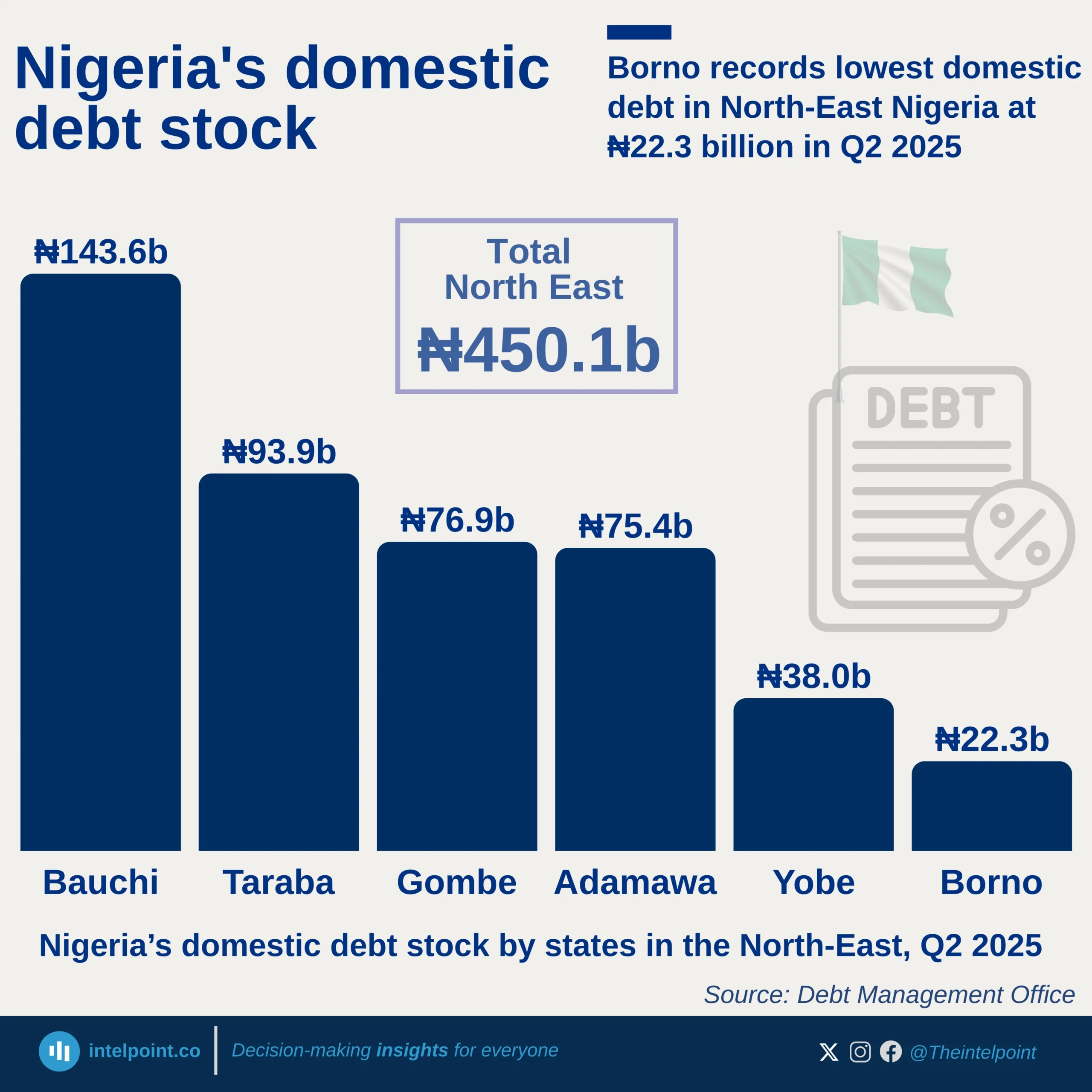Nigeria’s 774 LGAs are unevenly distributed across the country’s 36 states and the Federal Capital Territory. Kano stands out at the top with 44 LGAs, reflecting its deep administrative segmentation. In contrast, FCT, Bayelsa, and Nasarawa fall at the bottom with 6, 8, and 13 LGAs respectively—despite their distinct regional roles.
There’s a clear pattern: states in the North generally have more LGAs, which may be influenced by landmass, historical factors, and the need for closer local governance. Southern states, particularly in the South West and South South, tend to have fewer LGAs, even in densely populated areas like Lagos. This distribution paints a nuanced picture of Nigeria’s administrative framework, revealing how governance structures differ across the country.

